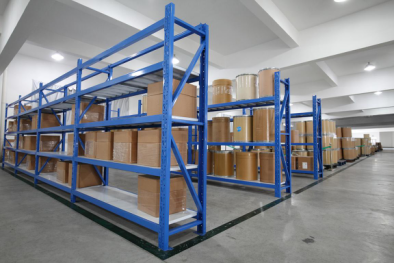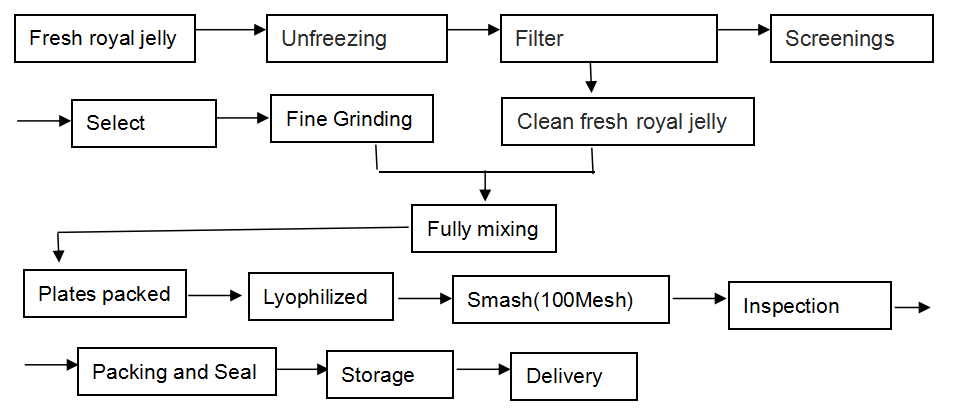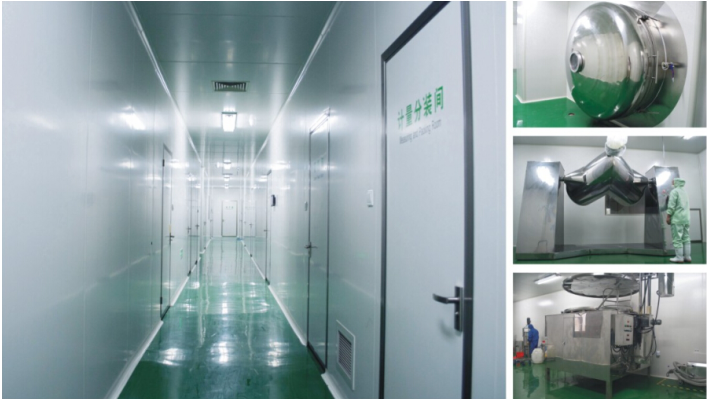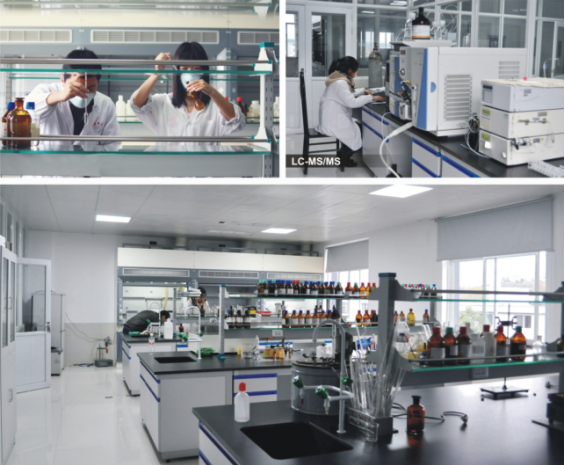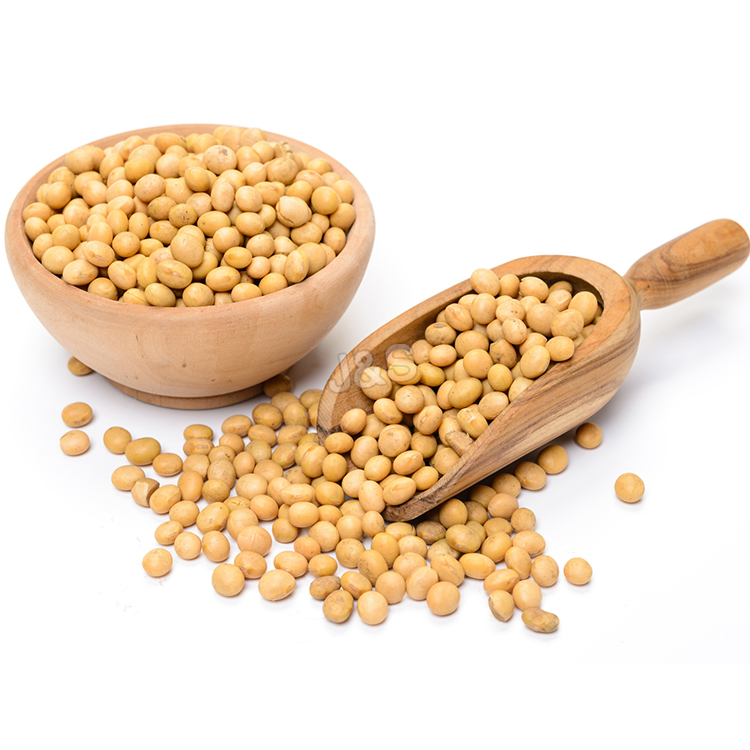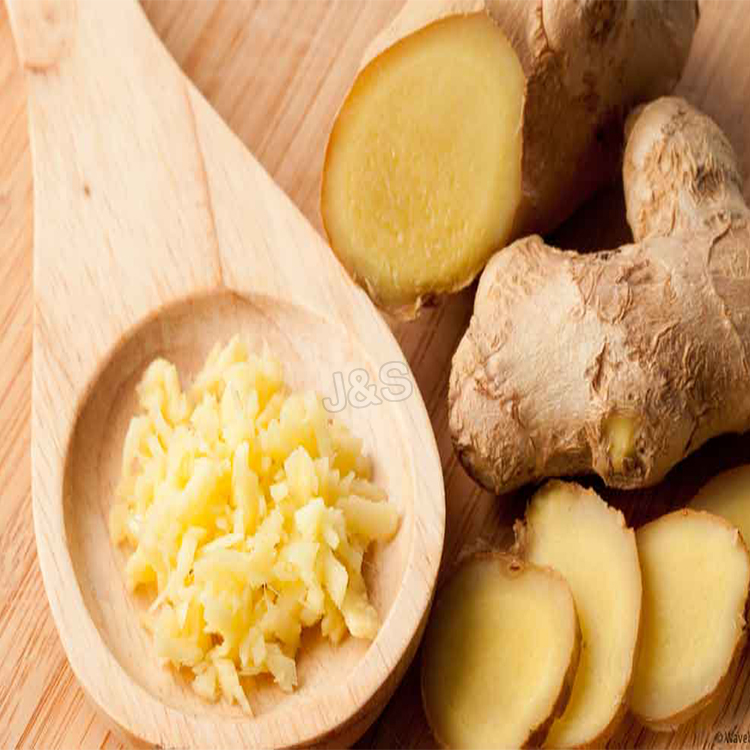Manufacturing Companies for Lyophilized royal jelly powder Wholesale to India
Manufacturing Companies for Lyophilized royal jelly powder Wholesale to India Detail:
[Products Name] Royal jelly powder,Lyophilized royal jelly powder
[Specification] 10-HDA 4.0%, 5.0%, 6.0%, HPLC
[Gerneral feature]
1. Low antibiotics, Chloramphenicol< 0.1ppb
2.Organic certified by ECOCERT, according to EOS & NOP organic standard;
3.100% pure with no additives;
4. More easily absorbed into the body than fresh royal jelly
5. Can be easily produced into tablets.
[Our advantages]
- 600 bee farmers, 150 units of bee-feeding groups located in natural mountains;
- Organic certificated by ECOCERT;
- NON-antibiotics, widely exported to Europe;
- Health Certificate, Sanitary Certificate and Quality Certificate are available.
[Lyophilized technology]
Lyophilized technology, also known as Freeze-drying, it is a dehydration process typically used to maintain activity of all nutrition ingredients in royal jelly, also to make the royal jelly convenient for transport. Freeze-drying works by freezing the material and then reducing the surrounding pressure to allow the frozen water in the material to sublimate directly from the solid phase to the gas phase. This technology can maintain all activity of nutrition ingredient.
Lyophilized royal jelly powder is processed directly from fresh royal jelly.
3kgs fresh royal jelly is used to make 1kg lyophilized royal jelly powder.
During all the production process, there is no additives.
[Packing]
5kg/bag, 25kgs/drum
1kg/bag, 20kgs/carton
Main indices of physical and chemic in Lyophilized royal jelly
| Ingredients Indices | Lyophilized royal jelly | Standards | Results |
| Ash | 3.2 | <5 | Complies |
| Water | 4.1% | <7% | Complies |
| Glucose | 43.9% | <50% | Complies |
| Protein | 38.29% | >33% | Complies |
| 10-HDA | 6.19% | >4.2% | Complies |
[Our work flow]
Our Lyophilized Royal Jelly Powder is produced in this way: we lyophilize the fresh royal jelly by advanced freeze-drying facilities without losing any nutritional ingredients, reserving the natural ingredients in utmost, and then make them into the form of powder, for any food additives are not needed to add.
The raw material we use is the natural fresh royal jelly which is up to the export standard . We process our products strictly according to export standard. Our workshop is up to the requirements of GMP.
Royal Jelly powder has been selected as drug excipients by many European and American pharmaceutical producing enterprises.Meanwhile it is applies to health food and cosmetics industries.
[Quality control]
Traceability record
GMP standard production
Advanced inspection equipment
[Function]
1.Enhances the immune system
2.Promotes wound healing
3.Has antitumor/anticancer properties
4.Lowers cholesterol levels
5.Increases fat metabolism
6.Is a powerful antioxidant
7.Regulates blood sugar levels
[Applications]
It’s widely used in health tonic, health pharmacy, hairdressing and cosmetic area, and mainly was applied in capsules, troche and oral liquids etc.
Product detail pictures:

Related Product Guide:
Sticking to the principle of "Super High-quality, Satisfactory service" ,We are striving to generally be a very good business partner of you for Manufacturing Companies for Lyophilized royal jelly powder Wholesale to India , The product will supply to all over the world, such as: Uruguay, Armenia, Grenada, With high quality, reasonable price, on-time delivery and customized & personalized services to help customers achieve their goals successfully, our company has got praise in both domestic and foreign markets. Buyers are welcome to contact us.
Dr. Fred Pescatore talks about how he came across natural botanical extract Pycnogenol while researching his book, The Allergy & Asthma Cure.
https://www.iitutor.com
Changes in temperature in the natural environment of plants affect both their functioning and their growth. Maintenance of a relatively stable internal environment is just as important for plant metabolism as it is for animals. Plants respond to changes in light, water availability and temperature, all of which are linked, since heat is often associated with light (for example, the radiant energy of sunlight). Most plants have a growth season and life cycle that follow the seasonal temperature variations of their environment. Low availability of water may also be associated with very cold temperatures, since frozen water (ice and snow) is not available for use by plants. Temperatures above 40°C may cause damage to proteins and those above 75°C to chlorophyll pigment within the plant. Since plants cannot move into the shade- they tend to have stronger physiological and structural adaptations. Reflective leaf surfaces that reduce the amount of radiation absorbed can help keep a plant cool in hot conditions. Leaves may be light or silvery coloured, or have waxy or shiny surfaces. Evaporative cooling – loss of water via transpiration (stomata opening) in order to evaporate and have a cooling effect on the plant. This decreases internal temperature, however if water is not readily available this can kill the plant. Hot areas are often dry, compromising evaporative cooling—a plant needs to strike a fine balance between the risks of excess water loss during cooling versus heat build-up during water conservation. Wilting – some plants can wilt during the day instead, which decreases surface area of flowers/leaves to the sun. If water is readily available, this is temporary. If water not available, this can lead to the death of the plant. For example, roses. Leaf orientation – Plants change the orientation of their leaves to decrease the surface area exposed to the sun at the hottest part of the day. Most eucalypts hang vertically to reduce their exposure to the hot sun. Plants responding to excessive temperature like fires, may die, (especially non woody plants), however they leave dormant seeds, with thick protective seed coats. Seed dispersal in some Australian plants is stimulated by the extreme heat of fire. Banksia, Hakea and some Eucalyptus plants bear fruits with hard woody cases that are not dropped from the parent plant. The heat of a fire stimulates the fruits to open, and the seeds are released. Some of these seeds need fire as a trigger to germinate (begin to grow a seedling). Or some plants may die above ground leaving roots, rhizomes, bulbs or tubers to survive underground. When favourable conditions return, these sprout. Leaf fall in Summer. Eucalypts are evergreen trees that drop some of their leaves during the dry season in hot climates to reduce the surface area exposed to absorb heat. This also reduces the risk of losing too much water by transpiration. Temperature is one factor that controls developmental changes in a plant’s life cycle, from germination through to flowering and seed dispersal. In Australia, too high a temperature during flower formation produces a poor wheat crop, because pollen formation is very temperature-sensitive. Leaf fall in autumn (deciduous trees)
Many trees lose their leaves during autumn and the cold winter months when resources (for example the sun and water) are not as readily available. It allows them to survive not only the extremely low temperatures, but also the water shortages and lower availability of sunlight. For example, the beech tree found in Tasmania. Organic anti-freeze – Normally, in cold conditions, water between cells freezes first posing the greatest risk of damage for plants. Some plants that live in extremely cold conditions produce anti-freeze substance that reduces the temperature at which the cytoplasm or cell sap freezes. Frost during periods of new growth may damage plants, but many plants have leaves that are frost-tolerant. For example, after frost the leaves of camellias appear semi-transparent, but on thawing return to normal. Plants may alter their growth rate, active plant growth can occur within the range 5°C-45°C or in tropical areas, growth may cease below 15°C. Vernalisation some plants flower in response to low temperatures for example, tulip bulbs must be exposed to between 6 weeks and 3 months of intense cold before they will flower. Australian gardeners often mimic this effect by removing tulip bulbs from the ground in winter and storing them in the refrigerator, before replanting them in spring, to ensure that they will flower. Plants must also maintain a relatively stable internal environment. Since plants cannot move – they tend to have stronger physiological and structural adaptations. For heat some adaptations include wilting and dropping leaves. For cold some include: frost tolerance and being deciduous.
Goods just received, we are very satisfied, a very good supplier, hope to make persistent efforts to do better.


